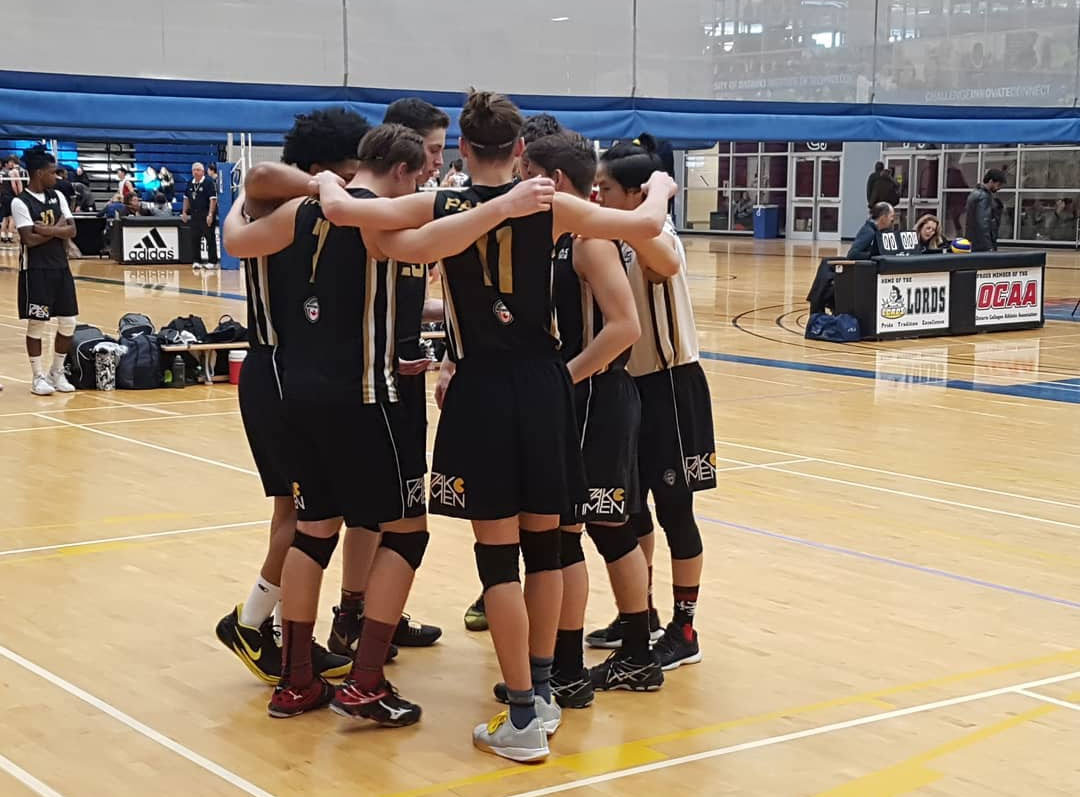SiX AXLES Turn the wheel- The Positions in Volleyball

By Shayaan Aziz and Kaushik Chatterjee
Research Staff
Pakmen Volleyball Club
Volleyball is more than just a game consisting of skills; it requires positioning, awareness, and communication. Every player is a core component of the team. They each have their own role, which bears its own importance. And when every position is played correctly, success is bound to occur. Every position has its own specialty, which will be discussed in this article. The exact gears behind the volleyball team shall be revealed.
The basis of any formation is position: every position has a different task, which symphonize to form a team. The volleyball court is divided into the attacking zone (front row) and the defensive zone (back row). These rows are separated by an attack line (3 meters from the net). There are three players in the attacking zone and three players in the defensive zone. Front row players are allowed to set, spike, and block; the back three play more defensively, passing the ball to the front row and defensively diving for the ball. After a rally is won on the opponent’s serve, the players rotate one position clockwise. Each position has its own pièce de résistance. There are six individual positions (the style of the team affects which player will play which position): outside hitter; opposite hitter; middle blocker; libero; setter; defensive outside hitter.
Outside hitters can hit from the back or front row. Their main responsibility is to hit the preponderance of balls from the outside (left side) position. They are also often the primary passers during the serve-receive. Normally there are two outside hitters (left-front, and left-back). The outside hitter needs to be well-balanced, but must be exceptional in their leaping ability and power; they must also be able to score points.
On the right side of the court, we have the opposite hitter, who starts opposite the setter who’s serving (thus the term). The players’ main jobs are to block offensive attacks from the other teams outside hitter. They serve as one of the primary passers and acts as the backup setter if the main setter makes the first defensive contact on the ball. Usually there is one opposite on the court. The opposite is usually a player of high quality and value to the team. They possess the skills to help in defence, and provide a strong offensive property.
Now for the last person in the offensive line: the middle blocker (also known as the middle hitter). The middle blocker is responsible chiefly for blocking the other team’s middle blocker, and assisting in blocking against the opponent’s left and right-side hitters. In higher levels of play (i.e. NCAA), they are also expected to be a significant source of offensive support. Normally there are two middle blockers, the second on the defensive line. Ordinarily, the Libero replaces the defensive middle blocker. A middle blocker doesn’t necessarily require a good height, but needs a strong vertical and precise timing. He/she needs the speed and agility to run from one side to the other, while moving around the court efficiently. They also need strong spatial sense, so that they can find the ball and their teammates while dashing around the court.
We now move onto the defensive line, more specifically the setter. The setter is the main reason for successful attacks, giving high quality passes that ultimately break the opposing teams defensive line. Usually there is one setter per team, however this may vary depending on what systems different teams use. An exceptional setter has three qualities: superior set placement; quick reactions; ability to lead a team and provide support. Many people, however, incorrectly view a setter’s ‘hands’ as the most important; how good does the set it look, and how much spin comes off it.
We move to the back middle hitter/libero. The libero is a player who specializes in defense, and can only be deployed or substituted in the back row. They must have extremely accurate passing, have incredible speed, and must be able to read the hitter. The libero needs to demonstrate outstanding defensive abilities, and want the ball. This player has some limitations placed upon them: they can only substitute for a defensive player (commonly, the defensive middle hitter), but if they are substituted out, they must wait one rally before she can re-enter. The libero may not hit the ball above the height of the net nor may they serve, block or attempt to block an opposing teams attack. If the libero overhand sets in front of the attacking line, the hitter may not complete a hit on that ball above the height of the net. The libero must also wear a different coloured kit, to differentiate from the rest of his/her team.
We head to the last position on the team.The final position on the defensive line is another outside hitter (see above).
Volleyball is a team sport. It is played by six players, all of which have a crucial role. A team functions like clockwork, with six gears turning the wheel. An attacking line which punishes the opposition, to the defense which prevents crucial points, every player is important. From the crafty setter, to the brave libero, it is amazing how a volleyball team functions. And even more amazing, is its internal components. It is a sport played not by one, but by all. Six axles turn the wheel.
Read about PAKMEN’s High Performance Volleyball programs |
Read about PAKMEN’s Recreational programs |
